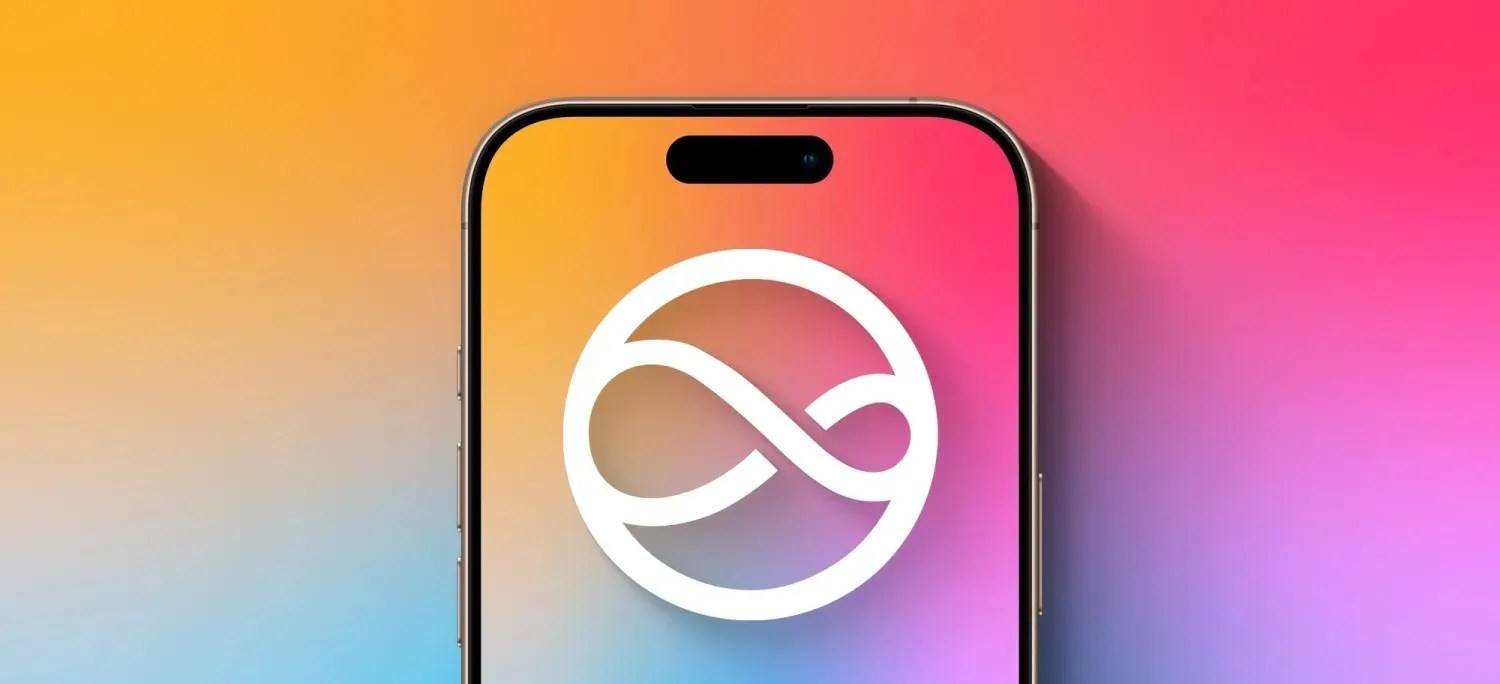In a remarkable technological feat, a 17-year-old developer has successfully brought OpenAI’s ChatGPT to older iPhone models, including the iPhone 3GS, by creating an application named ChatGPT for Legacy iOS. This development extends the reach of advanced AI capabilities to devices that were previously incompatible with the official ChatGPT app, which requires iOS 17 or later.
Bridging the Technological Divide
The official ChatGPT application, launched by OpenAI, has been a significant advancement in making AI accessible to a broader audience. Initially released for iOS devices, the app provided users with seamless access to ChatGPT’s capabilities, including text-based interactions and voice input through OpenAI’s Whisper, an open-source speech-recognition system. However, this official app necessitates iOS 17 or later, limiting its availability to newer iPhone and iPad models.
The introduction of ChatGPT for Legacy iOS addresses this limitation by offering a client that operates on devices running iOS 6 and later. This includes models such as the iPhone 3GS, which was released in 2009. By leveraging the OpenAI API, the app delivers functionalities akin to the official ChatGPT application, thereby democratizing access to AI technology for users of older devices.
Features and Functionalities
Despite being tailored for legacy devices, ChatGPT for Legacy iOS boasts a comprehensive suite of features:
– Contextual Memory and Chat History: The app maintains the context of conversations, allowing for more coherent and meaningful interactions. Users can revisit previous chats, ensuring continuity in their engagements with the AI.
– Image Analysis and Generation: Users can upload images for analysis, enabling visual search capabilities. Additionally, the app supports image generation, allowing users to create visuals based on textual descriptions.
– Automatic Conversation Saving: All interactions are automatically saved, providing users with the ability to access and review past conversations at any time.
These features collectively enhance the user experience, bringing functionalities typically associated with modern devices to older hardware.
Installation and Accessibility
Given the discontinuation of support for older iOS versions on the App Store, installing ChatGPT for Legacy iOS requires a jailbroken device. Jailbreaking involves removing software restrictions imposed by Apple, allowing for the installation of applications from sources outside the official App Store.
To utilize the app, users must obtain a ChatGPT API key from the OpenAI website. This key facilitates the connection between the app and OpenAI’s servers, enabling the AI interactions. Detailed instructions for installation and usage are available on the developer’s website.
Open Source Contribution
Emphasizing transparency and community collaboration, the developer has made the source code for ChatGPT for Legacy iOS publicly available on GitHub. This open-source approach invites other developers to contribute to the project, suggest improvements, and adapt the application for other legacy devices.
Implications and Significance
The adaptation of ChatGPT for older iPhone models underscores the potential for extending the lifespan and functionality of legacy devices through innovative software solutions. By enabling advanced AI capabilities on hardware that is over a decade old, this development challenges the notion of technological obsolescence and promotes a more inclusive approach to technology access.
Moreover, this initiative highlights the ingenuity and resourcefulness of the developer community, particularly among younger programmers. It serves as a testament to the possibilities that arise when open-source resources are leveraged to address technological limitations.
Conclusion
The creation of ChatGPT for Legacy iOS represents a significant milestone in making advanced AI tools accessible to a broader audience, regardless of the age or specifications of their devices. As technology continues to evolve, such initiatives play a crucial role in ensuring that the benefits of AI are not confined to users of the latest hardware but are available to all, fostering a more inclusive digital landscape.



